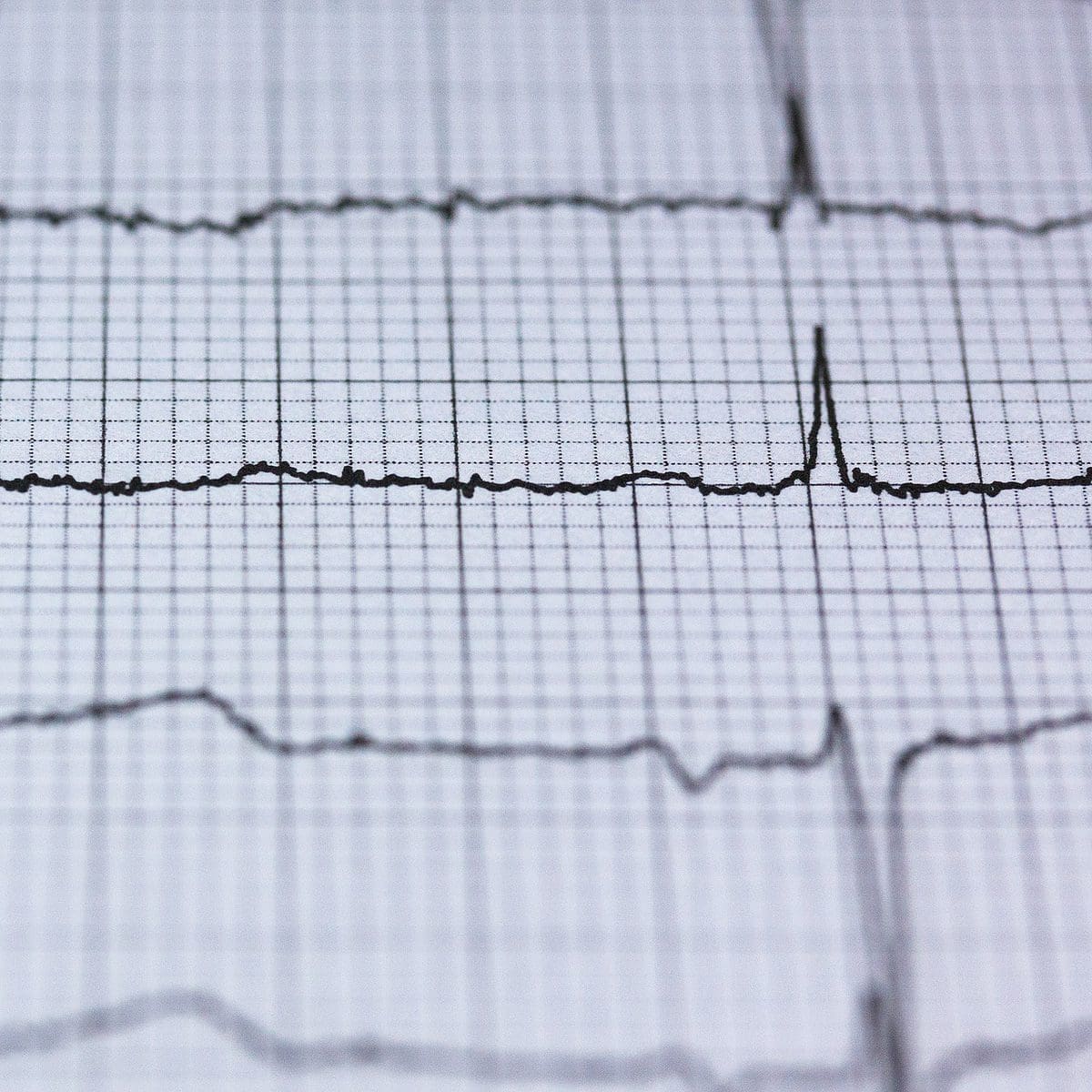By Dr. Timothy Swinn, edited by Dr. Ahmed El-Medany
A recent expert consensus from the American College of Cardiology (ACC) has recommended a broader approach to ECG findings that merit cath lab activation than the traditional STEMI criteria1. This marks the first time that the ACC has moved towards an occlusion MI vs. non-occlusion MI framework (“OMI” vs. “NOMI”) in place of STEMI vs. NSTEMI.
Whilst the European Society of Cardiology listed ECG features of STEMI-equivalence (namely bundle branch block, ventricular pacing, hyperacute T-waves, isolated ST-depression in anterior leads, and/or universal ST depression with ST-elevation in aVR) in their 2017 guidelines for management of acute coronary syndrome2, the new ACC expert consensus is more explicit in which ECG findings are suggestive of occlusion MI (Table 1). The finding of ST elevation or STEMI-equivalent should prompt evaluation for emergent coronary angiography (as per the 2013 ACC guideline).
Also of note, but not new, is that “presumed-new” left bundle branch block (LBBB; not meeting modified Sgarbossa criteria) is no longer considered a STEMI-equivalent. This has been the case since ACC’s 2013 guidelines. It is in non-specific ECG findings such as this where bedside echocardiography can play an important role, and it should also be noted that LBBB does convey a higher risk of adverse outcome in the context of myocardial ischaemia as it implies underlying cardiac disease.
A 2021 study from Meyers et al (2021)3 concluded that up to 40% of patients with OMI may not meet STEMI criteria. Therefore it is hoped that the ACC broadening of ECG criteria may increase proportion of OMIs receiving percutaneous coronary intervention in a timely fashion.
| Posterior STEMI |
Criteria:
|
| Left bundle branch block or ventricular paced rhythm with Sgarbossa Criteria |
A total score ≥3 points is required:
|
| Left bundle branch block or ventricular paced rhythm with Smith-modified Sgarbossa Criteria |
Positive if any of the following are present:
|
| De Winter Sign |
|
| Hyperacute T waves |
|
Table 1: ECG signs considered as STEMI-equivalents in 2022 ACC expert consensus1.
References
- Writing Committee, Kontos MC, de Lemos JA, Deitelzweig SB, Diercks DB, Gore MO, Hess EP, McCarthy CP, McCord JK, Musey Jr PI, Villines TC. 2022 ACC Expert Consensus Decision Pathway on the Evaluation and Disposition of Acute Chest Pain in the Emergency Department: A Report of the American College of Cardiology Solution Set Oversight Committee. Journal of the American College of Cardiology. 2022 Oct 6. Available from: https://www.jacc.org/doi/10.1016/j.jacc.2022.08.750
- Ibanez B, James S, Agewall S, Antunes MJ, Bucciarelli-Ducci C, Bueno H, et al. 2017 ESC Guidelines for the management of acute myocardial infarction in patients presenting with ST-segment elevation: The Task Force for the management of acute myocardial infarction in patients presenting with ST-segment elevation of the European Society of Cardiology (ESC). Eur Heart J. 2018 Jan 7;39(2):119–77.
- Meyers HP, Bracey A, Lee D, Lichtenheld A, Li WJ, Singer DD, et al. Comparison of the ST-Elevation Myocardial Infarction (STEMI) vs. NSTEMI and Occlusion MI (OMI) vs. NOMI Paradigms of Acute MI. J Emerg Med. 2021 Mar 1;60(3):273–84.

